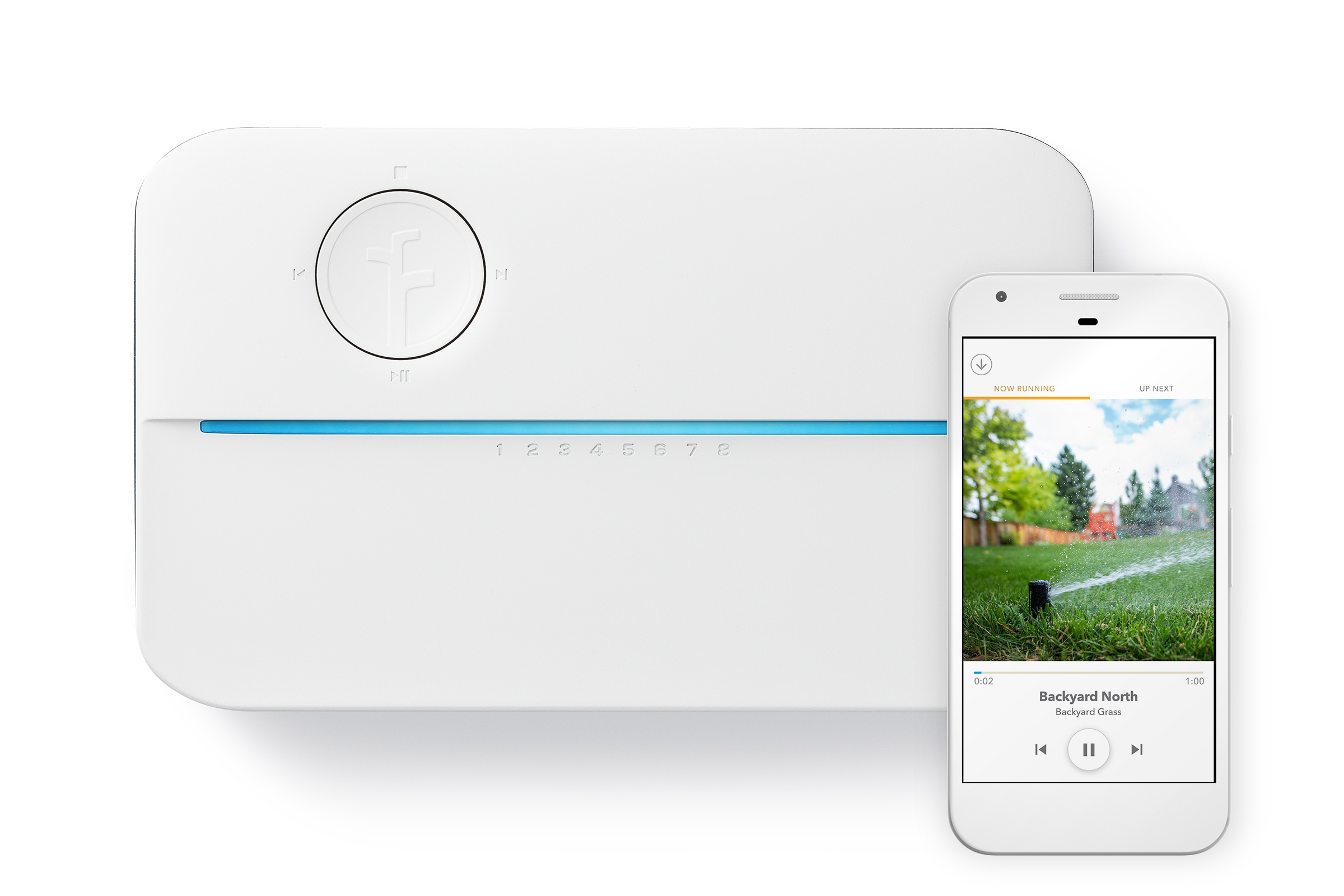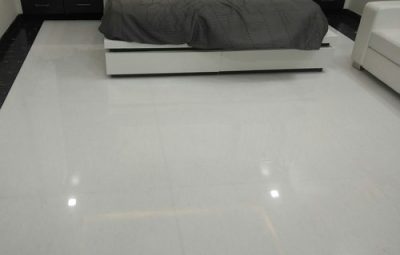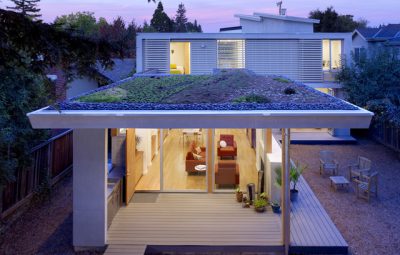Let’s be honest. We spend a huge chunk of our lives indoors, often sealed up in buildings designed for energy efficiency, not necessarily for our lungs. The air inside can be, well, stagnant. It’s a cocktail of dust, pet dander, off-gassing from furniture, cleaning chemicals, and even our own breath. It’s no wonder we sometimes feel foggy or stuffy.
But what if the most powerful tool to clear the air has been right in front of us—or rather, right on our walls—the whole time? I’m talking about windows and doors. The ancient art of natural ventilation. It’s not just about opening a window when it’s hot; it’s a strategy. A way to harness the wind and thermal forces to flush your home with fresh, clean air, for free.
Why Your Indoor Air Needs a Breath of Fresh Air
You wouldn’t drink the same glass of water for days on end, right? Yet, we often recirculate the same indoor air, allowing pollutants to build up. The EPA has stated that indoor air can be two to five times more polluted than outdoor air. Sometimes even a hundred times worse. That’s a startling statistic, and it hits home for anyone concerned with creating a healthy living environment.
Poor indoor air quality is linked to everything from minor annoyances like headaches and fatigue to more serious allergies and asthma triggers. It’s a silent, invisible issue that natural ventilation tackles head-on by simply replacing the old, stale air with new, fresh air from outside.
The Simple Science of How Natural Ventilation Works
At its core, natural ventilation is all about physics, not magic. It operates on two main principles: wind-driven ventilation and stack effect ventilation.
Wind-Driven Ventilation: Catching the Breeze
This is the simplest one to understand. When wind blows against your house, it creates a high-pressure zone on the windward side (the side the wind hits) and a low-pressure zone on the leeward side (the opposite side). Air naturally wants to move from high to low pressure. So, if you open a window on both sides, you create a cross-breeze that pulls fresh air in and pushes stale air out. It’s like your house is taking a deep, cleansing breath.
Stack Effect Ventilation: Letting Heat Rise
Ever feel how heat rises? The stack effect uses this basic truth. Warm air inside your home is lighter and will rise and escape through higher openings—like a second-story window, an attic vent, or even a skylight. As this warm air escapes, it draws in cooler, denser air from lower openings. This is incredibly effective in multi-story homes, especially during cooler mornings and evenings.
Your Practical Playbook for Natural Ventilation
Okay, theory is great. But how do you actually do this? Here’s a straightforward, actionable plan to improve your home’s air quality through strategic ventilation.
The Golden Rule: Cross-Ventilation
This is your number one tactic. Don’t just open one window in a room. Open two. Ideally, on opposite or adjacent walls. This creates a clear pathway for air to flow through, effectively sweeping pollutants out with it. Think of it as creating a river of fresh air through your space.
Timing is Everything
You can’t control the wind, but you can control the clock. The best times for natural ventilation are typically:
- Early Morning: The air is often at its cleanest and coolest. Perfect for a whole-house flush.
- Late Evening: As temperatures drop, you can cool the house and bring in fresh air for sleeping.
- After Cooking or Showering: These activities pump moisture and pollutants (grease, chemicals) into the air. Ventilate immediately afterward to prevent mold and mildew.
And here’s a pro tip: if you live in a city or near a busy road, you might want to avoid rush hour for your major ventilation sessions to minimize bringing in traffic fumes.
Leverage Your Whole House
Get creative with your openings. It’s not just about windows.
- Use Interior Doors: Keep interior doors open to allow air to circulate freely from room to room. A closed door is a dead end for your fresh air river.
- Don’t Forget the Little Guys: Trickle vents (those small, adjustable vents above windows), attic fans, and even bathroom exhaust fans (set to exhaust, not recirculate) can work in concert with open windows to enhance the stack effect.
When Natural Ventilation Needs a Helping Hand
Look, natural ventilation is fantastic, but it’s not a silver bullet for every situation. In fact, there are times when it’s just not enough or even counterproductive.
For instance, during high pollen seasons, opening windows wide might be a nightmare for allergy sufferers. Or, during extreme weather—bitter cold or a sweltering heatwave—you simply can’t rely on it for comfort. In these cases, a balanced approach is key. You know, using a high-quality air purifier alongside brief, strategic ventilation bursts can be the perfect compromise.
And let’s talk about humidity. In already humid climates, bringing in more moist air can encourage mold growth. So, in those cases, you’d want to use an air conditioner or dehumidifier to manage moisture levels while still finding small windows of time for fresh air.
A Quick-Start Guide for Different Home Layouts
| Your Home Type | Best Ventilation Strategy |
|---|---|
| Single-Story Apartment | Cross-ventilation is king. Open windows at the front and back of the apartment if possible. Use a window fan in one to exhaust air, pulling a cross-breeze through. |
| Multi-Story House | Harness the stack effect! Open downstairs windows on the cool side of the house and an upstairs window or attic vent on the warm side. The heat rising will pull air through the entire structure. |
| Single-Room Focus (e.g., Home Office) | Open two windows in the room. If only one window is available, combine it with an oscillating fan placed to direct air out of the window, pulling fresh air from the rest of the house. |
Reconnecting with the Outdoors, One Breath at a Time
In our quest for perfectly controlled climates, we’ve inadvertently built boxes that separate us from the natural world. The gentle sound of leaves rustling, the smell of rain on pavement, the subtle shift in temperature—these aren’t just pleasant sensations; they’re signals of a living, breathing environment.
Natural ventilation is more than a technique; it’s a mindset. It’s a return to a simpler, more intuitive way of living. It asks us to be present, to notice the breeze, and to work with our environment rather than constantly fighting against it. So go ahead, crack a window. Your home—and your lungs—will thank you for it.








